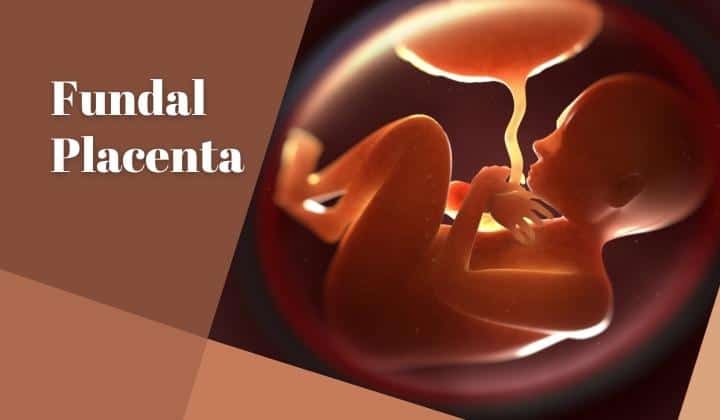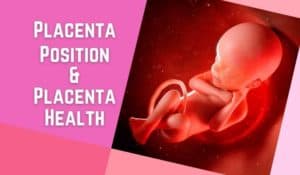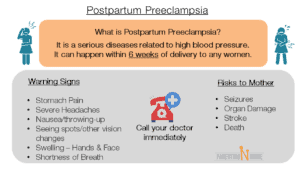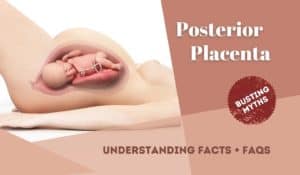Medically Reviewed by: Dr. Veena Shinde (M.D, D.G.O, PG – Assisted Reproductive Technology (ART) from Warick, UK) Mumbai, India
-
Author: Palak Thakkar
- >> Post Created: December 12, 2021
- >> Last Updated: May 2, 2024

Table of Contents
When a woman nurtures a baby in her womb, she is not only preparing to bring a new life into this world, but is also understanding what a great phenomenon her body is, which adapts to the changes a growing baby needs. And these changes are not just occurring during pregnancy, they occur even after the delivery.
Placenta is one such wonder – an organ within a woman’s body that develops only when a woman is pregnant, solely to take care of the baby in the womb.
One of the most common placenta position is Fundal Placenta, in which the placenta is positioned in the top side of the uterus. Complications in pregnancies with the placenta on top are unusual. It is actually said to be an ideal position for delivery. However, like every other placenta position, there are a few important details that you need to be aware of.
With this article, we hope to give you a complete understanding about Fundal Placenta and also answer some important FAQs
What is Fundal Placenta?
In simple words, when the placenta forms on the upper part of the uterus, between the openings of the Fallopian Tubes (called fundus), then the placenta position is called Fundal Placenta or even Fundic Placenta or Placenta on top. It is one of the most common placenta position. The placenta on top is also low-risk as compared to other placenta positions.
Nevertheless, it is still necessary to track the fundic placenta’s progress and condition through routine prenatal tests to ensure that it’s doing its job of nurturing and protecting the baby in the best manner.
Placenta on top can be further sub-classed into Fundal-anterior placenta and Fundal-posterior placenta.
Fundal Anterior Placenta
As the name suggests, the placenta is on the top region of the uterus, but grows slightly to the front side, towards the belly.
Fundal Posterior Placenta
In this placenta position, the placenta is on the top but grows toward the spine of the mother.
Understanding Fundal Placenta in comparison to other placenta positions
The placenta position is one of the important factors to determine whether a vaginal delivery is possible or a caesarean-section delivery will be safer. The developed placenta position is visible by the 12th week of pregnancy and expectant mothers can know this through their ultrasound scans.
The position of the placenta to the cervix can be determined at the 20th week ultrasound scan (also called Morphology Scan). This scan is important, as it determines if the placenta is growing well without blocking the cervix or the opening of the womb.
Take a look at how Fundal placenta positions are different from other placenta positions.
- Fundal Placenta:
- Fundal anterior placenta – Placenta that develops on the top region of the uterus and grows towards the front, on the belly side.
- Fundal posterior placenta – Placenta that grows on the top of the uterus, but extends to the back of the womb, towards the mother’s spine.
- Anterior Placenta – Here, the entire placenta develops on the front of the uterus, like a cushion between the baby and your tummy.
- Posterior Placenta – The entire placenta is positioned behind the uterus, between the mother’s spine and the uterus.
- Placenta Previa (Low lying placenta) – This is also called as the low-lying placenta, as it forms at the bottom of the uterus. This can be further split into two types – marginal previa (marginal/partial placenta previa – where the placenta extends to cover the cervix partially) and complete previa (where the placenta grows and covers the entire cervical opening.)
- Lateral Placenta – This is the least common position for a placenta to develop in; it grows on either side of the uterus.
Placenta on top - complications
Studies have found an increased connection between the placenta on top and premature rupture of membranes or PROM – which means the chances of the water breaking before 37 weeks of pregnancy are high. When it is at the top of the uterus, the placenta builds the weakest point of the membrane over the opening of the womb, which in turn leads to premature rupture of membranes. This condition requires urgent medical attention.
A fundal placenta position has also been associated to a shorter third stage, which is the delivery of the placenta.
Data collected for fundal placenta also points out to the connection between this ‘placenta on top’ position and pregnancy-induced hypertension (PIH) in mothers.
As the placenta is on the top of the uterus, the chances of placenta previa (where the cervical opening is partially or fully covered by the placenta) are low, but still possible. This is revealed in the third trimester of the pregnancy and can lead to bleeding, requiring immediate medical attention.
The chances of placenta previa increase in case of –
- Previous Placenta Previa
- Previous Caesarean delivery
- Multiple gestation
In the third trimester, if it is discovered that the placenta is covering the cervical opening, then the mother-to-be may experience complications like bleeding. Nonetheless, it is comparatively rare, as placenta previa is seen in about only 4 out of 1000 cases.
Note that if a mother-to-be suffers any kind of stress on the baby bump or injury due to an accident or a fall, then a physical examination is extremely necessary to ensure that the uterus and the placenta are safe.
Read this next
FAQs
Q. Can fundal placenta change its position?
Yes, fundal placenta or any other placenta position does change slightly as the pregnancy advances and the uterus grows. In most cases, for any placenta position, the placenta moves upwards towards the fundus before you enter the third trimester. This movement can be observed through routine ultrasound scans.
Q. Is it ok for placenta to be on top?
Yes! Whatever the placenta position, it can nourish your baby all through the pregnancy. As the pregnancy advances, the placenta naturally starts migrating upward to ease the process of the baby’s delivery.
Q. Which placenta position is the best for normal delivery?
As mentioned earlier, placenta in any position is fine as it will nourish the baby. Placenta positions mainly dictate the pregnancy journey and the ease of the baby’s delivery.
Complications are rare in fundal placenta position; so yes, it is one of the ideal placenta position for a comfortable pregnancy experience. Posterior placenta too is considered a good position for delivering a baby, as is the anterior placenta.
Lateral placenta positions give rise to the chance of the baby being in the breech position – feet towards cervix and head on top – which can make the latter stages of pregnancy difficult.
Only placenta previa will require a C-section. Other position may or may not need a c-section depending on other complications, if any. However, it may be a relief to know that placenta previa occurs approximately in only 1 out of 200 cases. The possibility of this condition goes up if the mother-to-be is above 35 years of age or it isn’t the first pregnancy or if the mother-to-be has had uterine surgeries or a c-section before. It is also possible if you are carrying more than one baby.
Q. Can fundal placenta specifically indicate the gender of the baby?
As much as everyone loves to guess the gender of the baby by the shape of your belly, one cannot predict it by a placenta position specifically! There has been no scientific verification for this as yet. So no, fundal placenta or any other placenta position for that matter cannot be an indication of the gender of the baby.
In a Nutshell
Fundal placenta or placenta on top may be one of the good and easy placenta positions for pregnancy and delivery of the baby, but careful monitoring of the baby’s growth is still necessary.
Every pregnancy is different – some easy, some not-so-easy – but the bottom line is always that it is all about bringing a new life into this world. Therefore, good care and attention of the mother-to-be is a must and should never be compromised.
Happy Pregnancy!











Thanks for posting this, it was very informative and helped me very much
After examine a couple of of the blog posts in your website now, and I actually like your manner of blogging. I bookmarked it to my bookmark web site listing and will likely be checking back soon.
Dear Ebba, Thanks for the sweet words.